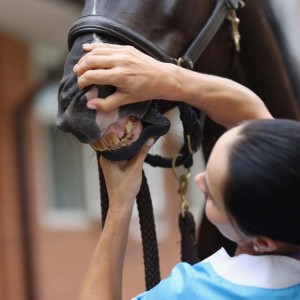More female researchers than ever migrate internationally
By Natasha Gilbert, Nature News
More female researchers are moving than ever before, yet the total number of emigrations is still lower than that of their male counterparts, research finds. Nature News reported on March 29 that the difference in these numbers is shrinking, and it is doing so more quickly than the continuing global gap between the number of published female and male scientists.
International mobility of scientists — including travel for temporary and permanent positions — is important for advancing research careers because it helps scientists to expand their professional networks, join or form international research collaborations and boost their research profiles.
Although female researchers have made great strides towards equality and equity in academia, including a doubling of their numbers between 1993 and 2015, they still face significant and numerous barriers in their research careers. In 2016, female researchers held 41% of academic positions across all disciplines in the 28 member states of the European Union, for example. But in many individual EU states, including in the Netherlands and Germany, women held 20% or fewer of all senior academic positions that year.
Narrowing the gap
If more female scientists worked outside their home nation, it could help to improve that ratio, said Xinyi Zhao, lead author of the study, which was published in February. Zhao is a doctoral student who studies demographics at the University of Oxford, UK. Leaving the country, she said, helps female scientists to advance professionally, which could further narrow the gap between the number of female and male researchers.
The authors of the study examined more than 33 million publications that were posted in the Scopus database between 1998 and 2017. They identified researchers’ gender and tracked their movements using the names and institutional affiliations on their publications.
Zhao and her team found that the number of published female researchers between 2013 and 2017 was nearly three times larger than that between 1998 and 2002, rising from around 0.7 million to 1.7 million. They did not examine the reasons behind the increase.
The authors also found that the number of female researchers who moved nearly tripled over the 19-year study period, rising from 29,000, or 4.3% of all published female researchers, between 1998 and 2002 to 79,000 (4.6% of all published female researchers) between 2013 and 2017.
By contrast, the population of male researchers who moved grew more slowly; although the numbers doubled, the percentage of published male researchers fell.
A move to equality
Zhao said she thinks that the gender gap in mobility might be because there are fewer opportunities for female scientists to emigrate abroad, such as for programs that are designed to support women with families. “But the gap is closing,” she said.
The study found that the pattern of mobility between men and women differed by nation. In most nations, including the U.K. and the U.S., more male researchers moved country than did their female counterparts; South Korea and Pakistan were among those with the largest gender disparities for mobility. The numbers were roughly equal in some nations, including Portugal and Serbia.
Heike Jöns, who studies academic mobility at Loughborough University, UK, said that female scientists move more often to nations that have greater gender equality and more policies to promote women in science than their home country.
The U.S. remains the most popular destination for both female and male researchers who move country, according to the research published in February. The authors said that the nation is perceived as more supportive of female academics than elsewhere.
The study did not examine mobility patterns for scientists who identify as non-binary.
Jöns noted that in its definition of international migration, the study does not differentiate between temporary positions and permanent appointments. This distinction, said Jöns, could help to give a clearer picture of the precarity of academia for female researchers; growth in migration for a permanent position indicates that women are more secure professionally than does growth for temporary positions.
doi: https://doi.org/10.1038/d41586-023-00917-1
Read the original article: https://www.nature.com/articles/d41586-023-00917-1












List
Add
Please enter a comment